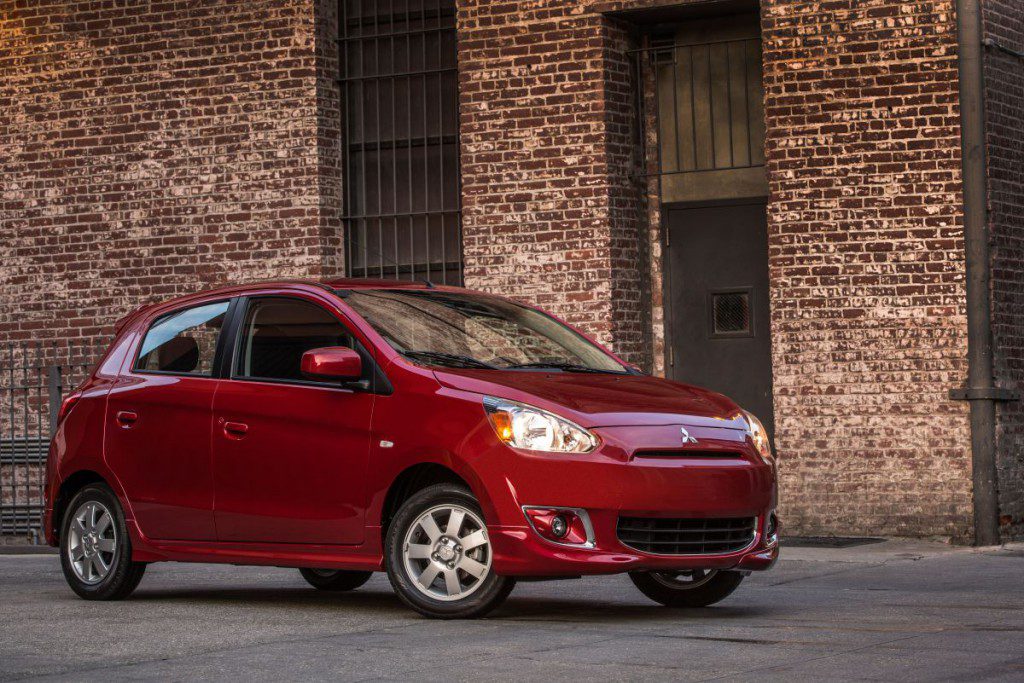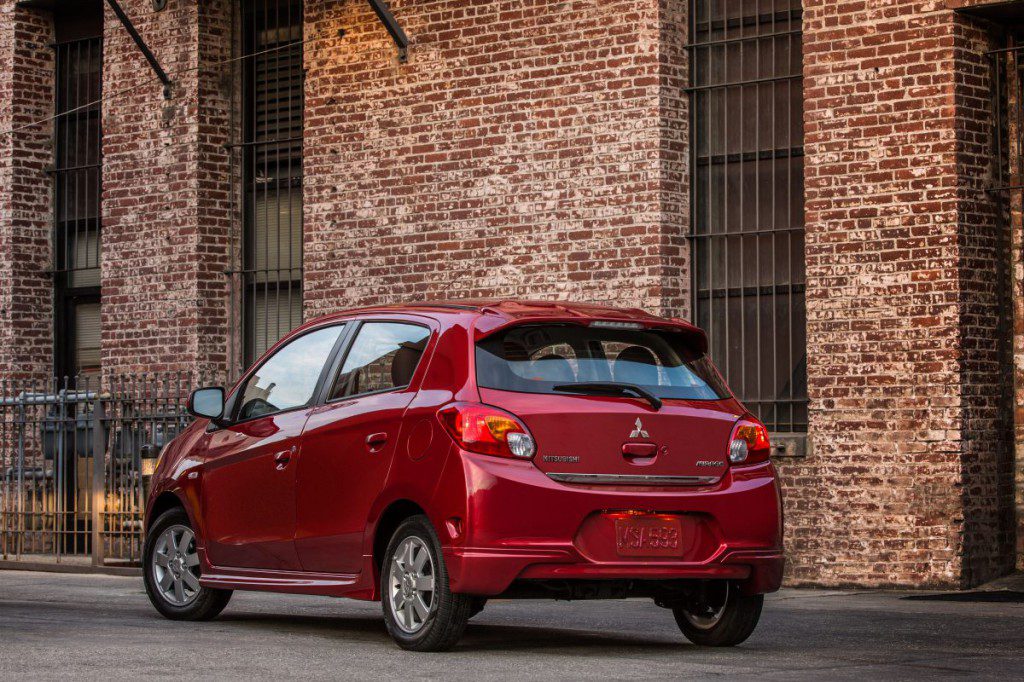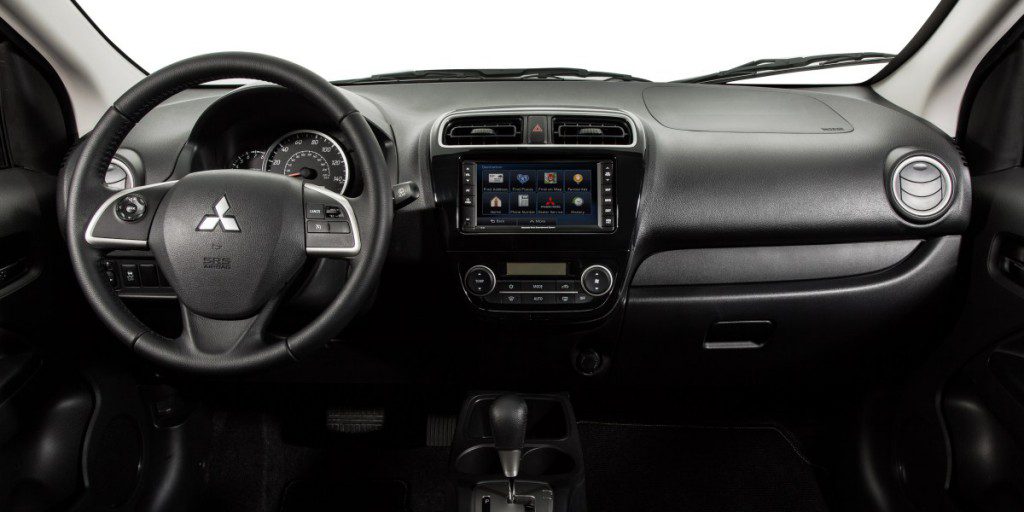| Subcompact car; Built in |
|
|
| Good condition price range: $6,100 – $11,800* |

2014 Mitsubishi Mirage

2014 Mitsubishi Mirage

2014 Mitsubishi Mirage
| Pros: |
|
| Cons: |
|
Entry-level prices made the Mitsubishi Mirage an interesting new-car proposition from a value standpoint, especially because it came with a good bumper-to-bumper warranty. Acceleration, cabin appointments, and overall dynamic refinement trail most subcompact rivals, but low prices might help used-car shoppers overlook the weak points. We’d be sure to see if there is any remaining new-car warranty to take advantage of as well.
Overview
With the 2014 Mirage, Mitsubishi resurrected a name from its past and applied it to a brand-new vehicle. Well, the car was new to the U.S. market anyway. The last time Mitsubishi sold a car with the Mirage name in the U.S. was in 2002. This Mirage has been on the market for several years in some worldwide markets, mostly emerging ones such as Thailand. Incidentally, Mitsubishi exported U.S.-spec 2014 Mirages from that country.
As for the car itself, this 4-door hatchback carved its own niche in the subcompact class. It was larger than the Chevrolet Spark and Scion iQ but smaller than the Ford Fiesta and Honda Fit. In the States, Mirage was the only mass-market 4-door vehicle powered by a normally aspirated (no turbo or supercharger) 3-cylinder engine.
Mirage was marketed in two trim levels, base DE and top-line ES. The former came pretty well equipped for an entry-level model. It included automatic climate control, full power accessories (windows, locks, mirrors), remote keyless entry, and a USB port.
The ES added fog lamps, alloy wheels, keyless entry with pushbutton engine start, cruise control, and Bluetooth.
Options included rear-obstacle detection, navigation system, and assorted dress-up accessories.
Only one engine was available, a 74-horsepower 1.2-liter 3-cylinder. Available on both the DE and ES were a 5-speed manual or a continuously variable transmission (CVT) that behaved like an automatic. Mirage was front-wheel drive.
The EPA fuel-economy estimates for the 2014 Mitsubishi Mirage were 34 mpg city and 42 mpg highway with the 5-speed manual transmission. Estimates with the continuously variable transmission (CVT) were 37/44.
The 2014 Mitsubishi Mirage includes a standard complement of expected and federally mandated safety features.
Yearly Updates
| 2014 Mirage |
